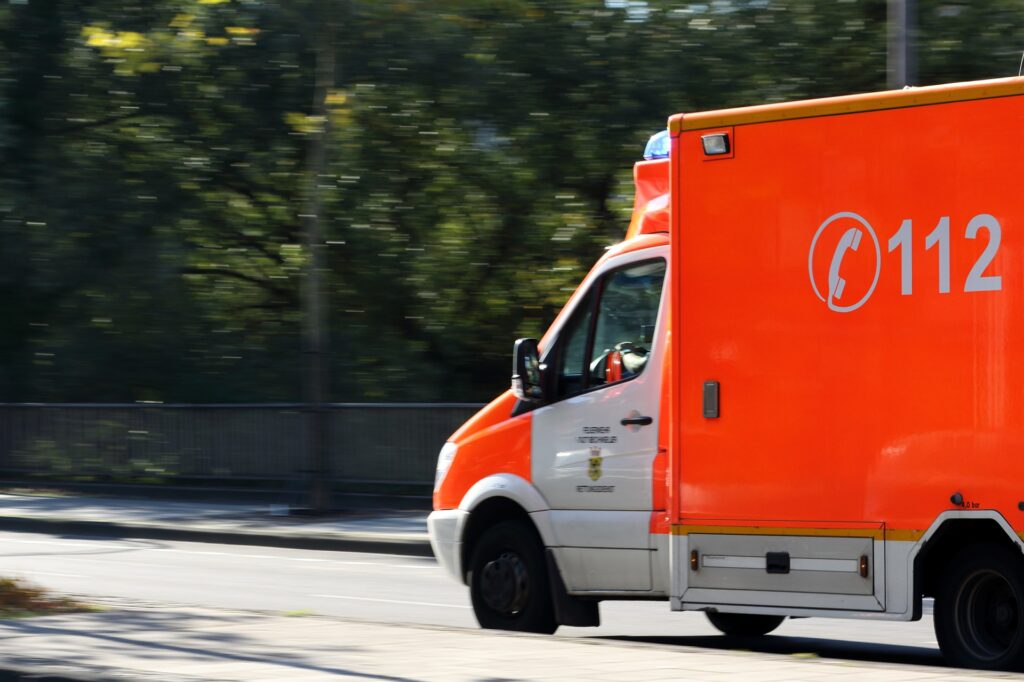Road accidents are a pretty common thing. And a quick response from bystanders could mean a huge difference in the life of the casualties. Effective and immediate first aid response could also reduce hospitalization time, says Fred, first aid trainer at Australia Wide First Aid Varsity Lakes.
In this post, you’ll learn how to respond to road traffic collisions effectively. And you’ll understand the importance of learning first aid for vehicular accidents.
Quick Stats on Road Traffic Accidents

Based on records from the World Health Organisation, crashes due to road accidents have cost many nations 3% of their GDP. And around 1.35 million people die due to vehicular accidents each year. Besides, 20 – 50 million people experience non-fatal injuries after a crash while many suffer from disabilities due to the accident.
More than 50% of road accident mortalities happen to vulnerable people, such as cyclists, pedestrians, and motorcyclists. And casualties are usually within the age bracket of 5 to 29 years old with 73% of the mortalities happening to males 25 years old and under.
Yes, these statistics mean one thing – road traffic accidents are common. And you’ve likely seen or passed by an accident on the road at least once in your life.
Guide for First Responders

Don’t be just a bystander. You can make a huge impact on someone else’s life if you learn the basics of road traffic collision first aid response. Whenever you encounter a vehicular accident, do this step-by-step first aid guide:
- Uphold your personal safety first. If you’re inside your own vehicle, make sure to continue to observe the traffic rules as you pull over. Make the necessary signal lights to inform the other drivers about the situation. If you’re standing by the road, make sure that all the cars have all stopped before rushing to the scene.
- Take note of oncoming traffic. Turn off the vehicle if there’s fuel spillage or anything that might cause a fire. Place a warning triangle near the accident area and turn on the hazard lights.
- Assess the casualties and the situation. How many cars are involved and what are the types and sizes of the vehicles? Are there kids and elderly? Are there unconscious and bleeding casualties? You can tell the intensity of the accident based on the situations of the people involved.
- Contact an emergency response team. With your assessment of the casualties and the situation, you can call a response team and tell them exactly what to expect. Although you can trust them to come fully prepared, your assessment will guide them further in their response protocols.
- Attend to those who are not moving first. Check the breathing of the unconscious casualties. Move them gently to ensure they’re not in a position that causes airway blockage. Guide and assure those who’re in a state of shock. And allow other bystanders to manage and care for those with minimal injuries but are screaming and crying.
- Carry out life-saving first aid techniques. If you’re trained to perform CPR, it’s a good move to do it if the casualties have no pulse. But it’s important to assess the patients’ condition first if they don’t have any other bone or spine-related injuries, says Fred, first aid trainer at Australia Wide First Aid Varsity Lakes. Remember, CPR involves forceful and repetitive pushes on the sternum and ribs, which could aggravate their injury.
- Manage open wounds. Wear a pair of gloves before you handle the wounds. Wrap the bleeding wound with a cloth. And apply pressure using the palm of your hand, not using the fingers. Follow the guidelines and process for giving first aid to people with fractures.
- Keep the casualties warm while waiting for the ambulance. Make sure they’re in a dry spot. And let them lie down. Provide ample support for their neck and head.
- Make sure someone keeps the traffic flowing. Stay safe and don’t panic while waiting for the experts to come.
Conclusion
Ultimately, you could be a great help to the community by being a knowledgeable and skilled bystander. You could save lives with your first aid skills, especially as road accidents are quite common. Who knows the life you save might your friend, relative, or your own.

